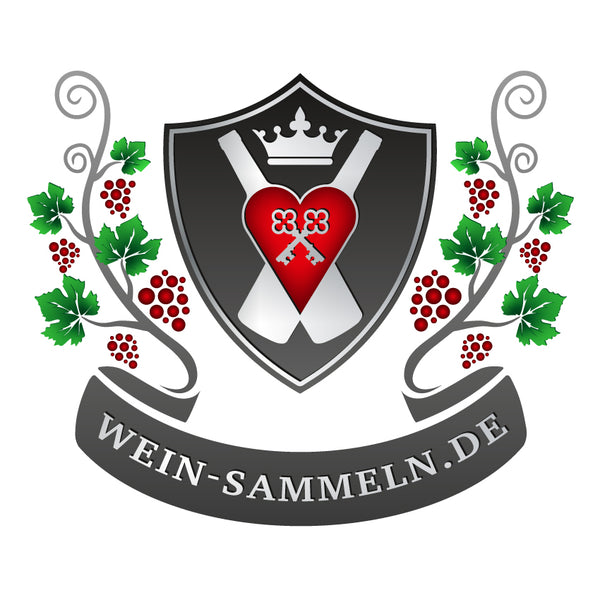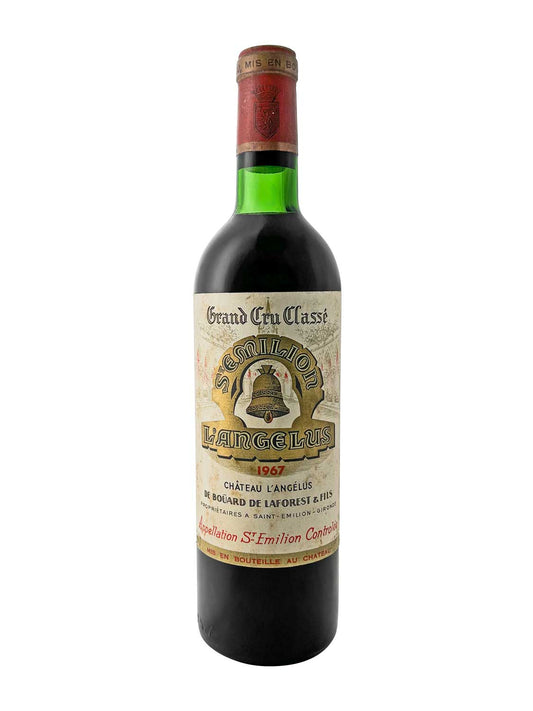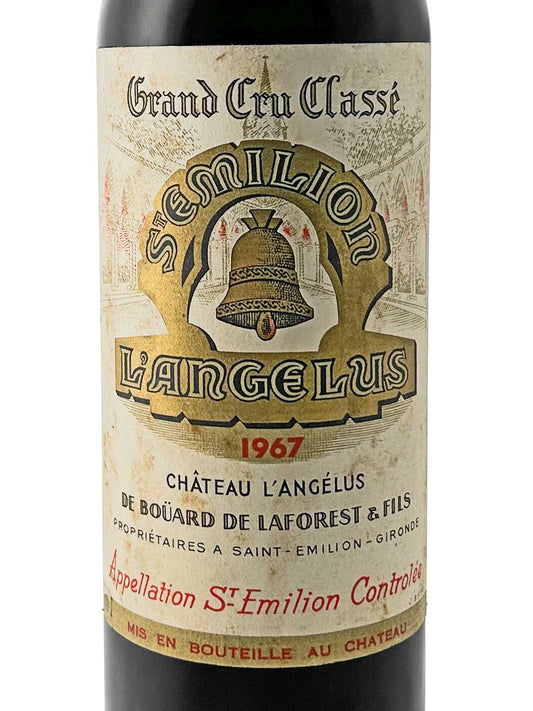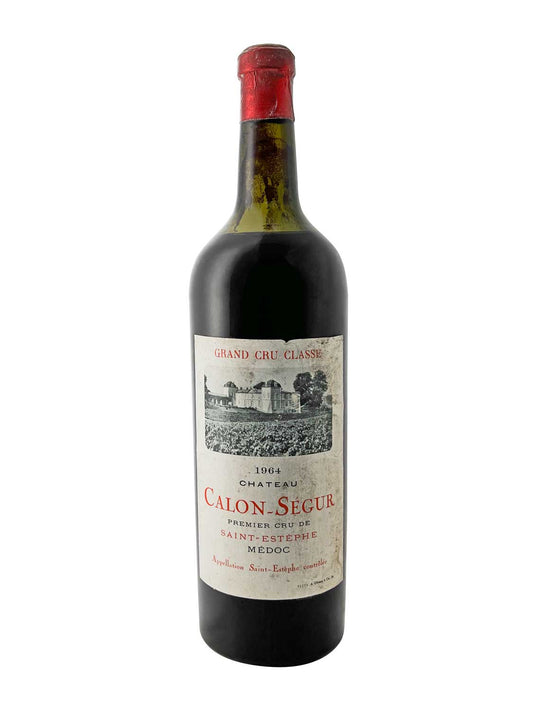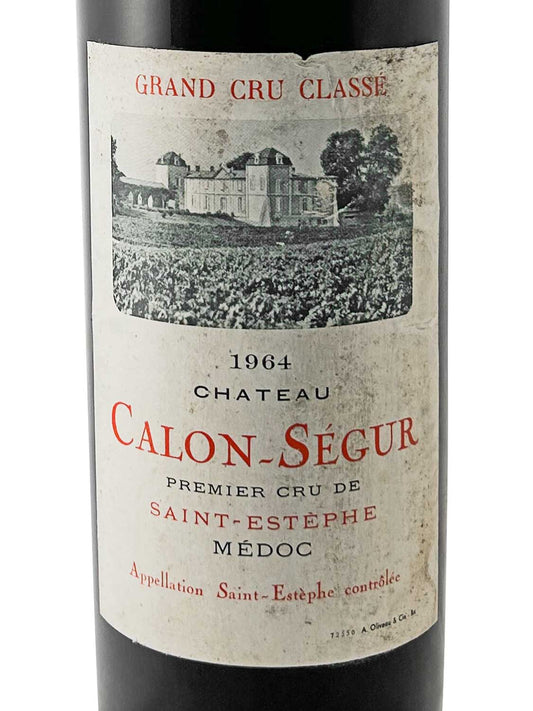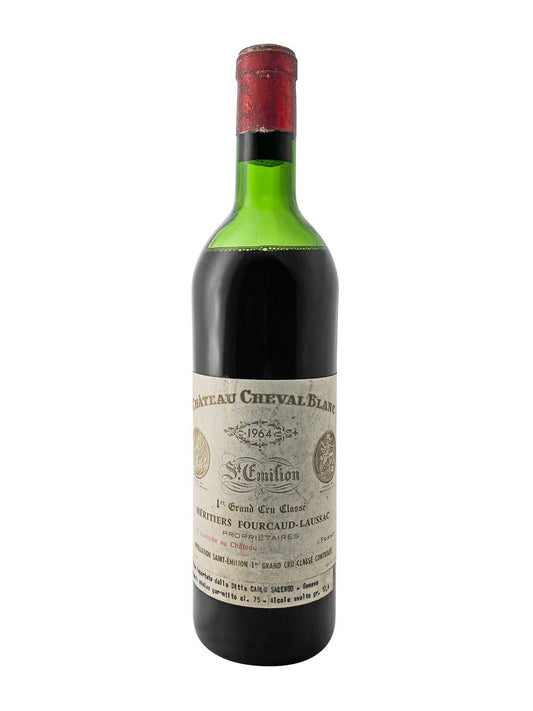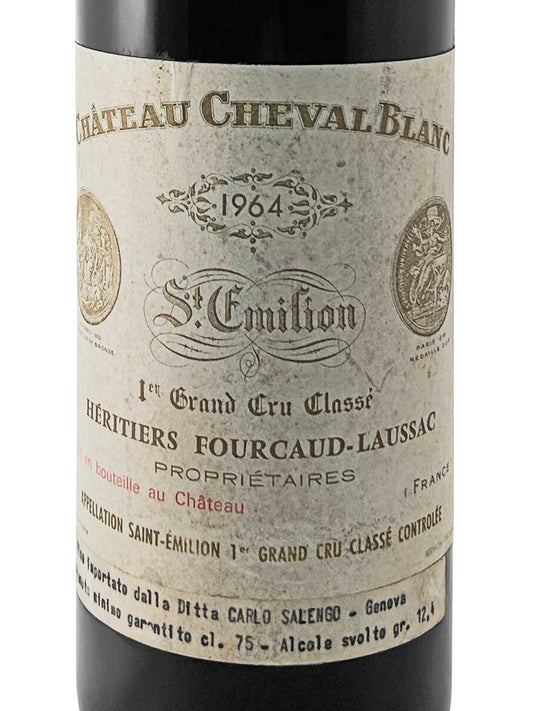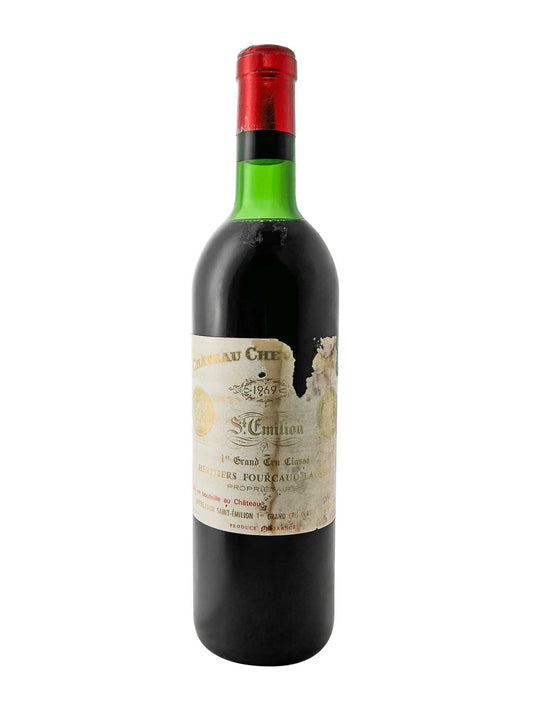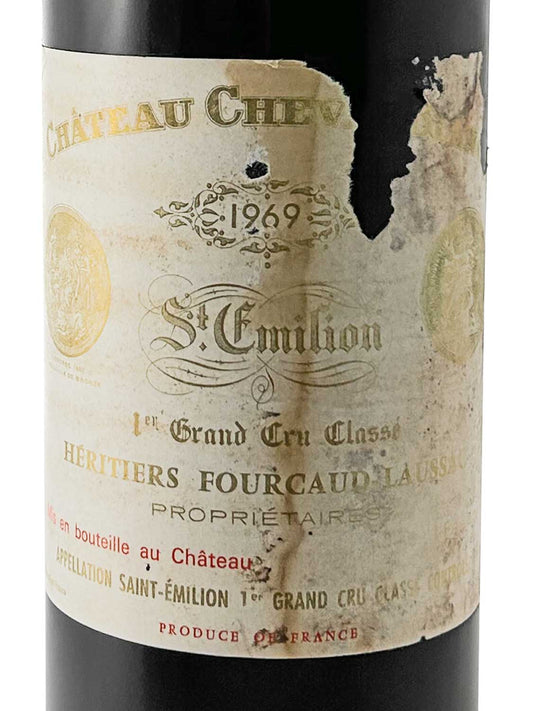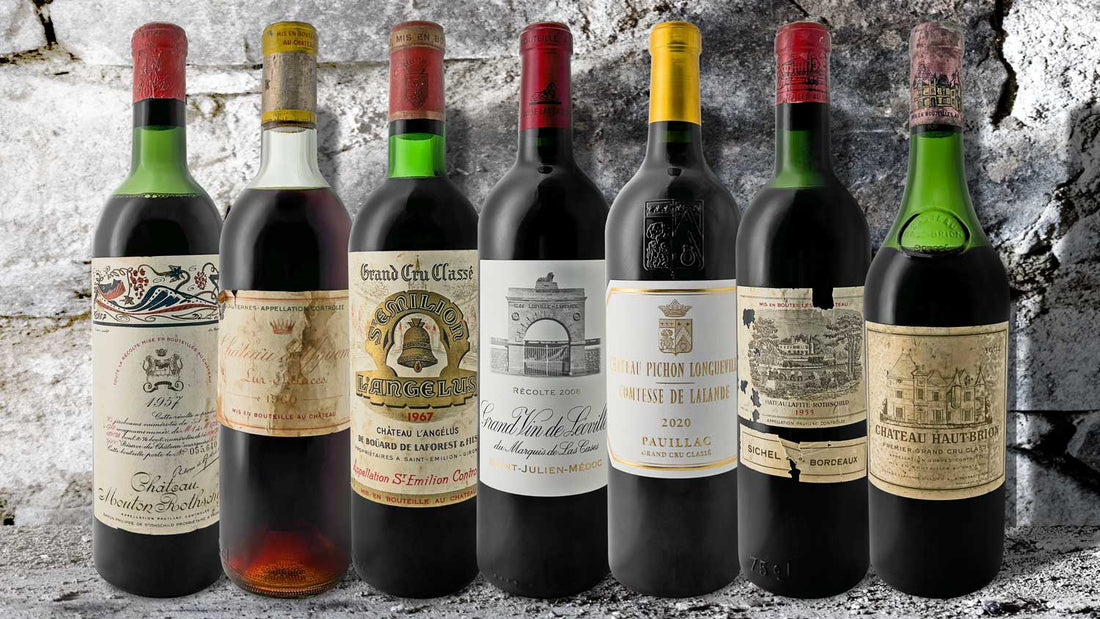
What are the best wines from Bordeaux?
A comprehensive guide for Bordeaux wine collectors
Bordeaux, one of the world's most prestigious wine regions, is known for its exquisite wines that delight both wine collectors and novices. In this blog post, we'll explore the different wine varieties from Bordeaux, highlight their unique characteristics, and offer valuable tips for choosing the perfect Bordeaux wine. Whether you're a seasoned wine collector or just beginning your wine collection, this guide will help you better understand the fascinating world of Bordeaux wines.
The Bordeaux wine region
Bordeaux is located in southwestern France and stretches along the Garonne and Dordogne rivers. This region is divided into several subregions, including Médoc, Saint-Émilion, Pomerol, and Graves. Each of these regions has its own climatic conditions and soil types, which influence the character of the wines.
Bordeaux's mild climate is ideal for growing grapes. The region benefits from a long growing season and a variety of microclimates, allowing winemakers to cultivate a variety of grape varieties. The main grape varieties include Cabernet Sauvignon, Merlot, and Cabernet Franc for red wines, and Sauvignon Blanc and Sémillon for white and sweet wines.
Read also: Terroir – The Soul of Bordeaux Wine
The most important grape varieties from Bordeaux
Cabernet Sauvignon: This grape is known for its robust tannins and aromas of black currant, cedar, and spice. Cabernet Sauvignon is often the main grape in the Médoc's most famous wines.
A classic example is the Château Brainaire-Ducru winery from the Saint-Julien appellation.
Merlot: Merlot is softer and fruitier than Cabernet Sauvignon. With aromas of plum, cherry, and chocolate, Merlot is a popular choice for many wine collectors. It is often used in blends with Cabernet Sauvignon.
The Château Pavie winery from the Saint-Émilion Grand Cru appellation is a typical representative of wines made mainly from the Merlot grape variety.
Cabernet Franc: This grape produces elegant wines with aromas of red fruits, herbs, and floral notes. Cabernet Franc is often used in blends or offered as a single-varietal wine in regions such as Saint-Émilion.
The Cabernet Franc grape variety is mainly used for the wine from the Château Cheval Blanc winery in the Saint-Émilion Grand Cru appellation.
Sauvignon Blanc: This white grape is characterized by its fresh acidity and aromas of citrus, green apple, and grass. It is often used in combination with Sémillon.
The Sauvignon Blanc grape variety is used extensively for the white wine produced by the Château Carbonnieux winery in the Pessac-Léognan appellation.
Sémillon: Sémillon perfectly complements Sauvignon Blanc with its round texture and aromas of honey and stone fruit. Together, they produce some of the region's finest white wines.
Château Rieussec from the Sauternes appellation is a winery that produces a dessert wine made mainly from the Sémillon grape variety.
The most famous appellations
Bordeaux is home to some of the most famous appellations in the world:
Médoc: Home to legendary wineries such as Château Margaux , Château Latour , and Château Lafite-Rothschild . The wines here are typically powerful with great aging potential.
Saint-Émilion: Known for its elegant Merlot-dominated wines, Saint-Émilion has a rich history and was declared a UNESCO World Heritage Site in 1999. Château Angelus , Château Figeac , and Clos Fourtet are wineries located in Saint-Émilion.
Pomerol: This small appellation produces some of the world's most expensive wines, including the famous Château Pétrus. Pomerol wines are often soft and velvety with intense fruit flavors.
Graves: Famous for its high-quality red and white wines. Here you'll find both dry and sweet white wines (such as the famous Sauternes). Typical examples from Graves include Château la Mission Haut-Brion , Château Bouscaut , and Château Haut-Bailly .
The manufacturing process

The winemaking process in Bordeaux begins with the careful selection of grapes during the autumn harvest. After pressing, the grapes are fermented—red wines usually do this in open fermentation tanks, while white wines are often fermented in stainless steel tanks.
After fermentation, the wine is aged in oak barrels, which adds additional complexity. The length of aging varies depending on the style of wine; high-quality red wines often age for several years.
Tips for choosing the perfect Bordeaux wine
Consider your wine collection: Do you like renowned red wines or do you prefer rare vintages or obscure wineries?
Also read: Bordeaux wines – which is the best vintage?
Pay attention to the year: The vintage plays a crucial role in a wine's quality. Research the best vintages for Bordeaux wines—some standouts include 2000, 2005, 2009, and 2010. Of course, the 1945 vintage of Château Mouton-Rothschild is virtually unbeatable.
Read reviews: Use online resources or wine guides like James Suckling or Decanter to read reviews and get recommendations.
Research different wineries: Attend wine tastings or events in your area or in Bordeaux to taste different Bordeaux wines and find out which winery suits your wine collection.

Ask experts: Don't be afraid to ask for recommendations at the wine shop – even experienced sommeliers in restaurants can give you valuable tips.
Also read: Buy wine from a winery or a wine shop?
Conclusion
Bordeaux offers an impressive variety of wines for every wine collector and novice. Whether renowned red wines from the Médoc or rare dessert wines from Sauternes – the region has something for everyone. By learning about the different grape varieties, appellations, and wineries, you can tailor your Bordeaux wine selection.
Whether you're visiting a wine shop or researching online, a good Bordeaux wine is a must for any wine collection!
With this blog post, we have provided a comprehensive overview of the wines from Bordeaux – ideal for all wine collectors!

